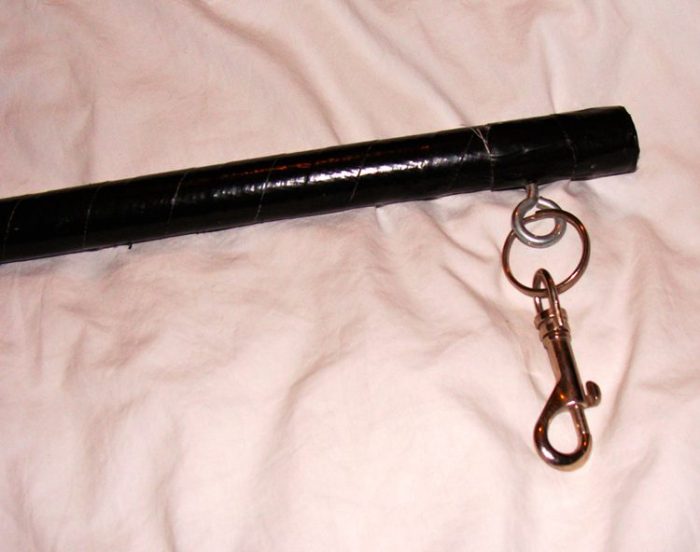DIY spreader bar sets the stage for this enthralling narrative, offering readers a glimpse into a story that is rich in detail and brimming with originality from the outset.
A spreader bar is a versatile tool used to distribute weight and provide stability when lifting heavy objects. Building your own DIY spreader bar can be a rewarding project, allowing you to customize the design to fit your specific needs and save money compared to commercially available options. This guide will walk you through the process of designing, constructing, and safely using your own DIY spreader bar.
Introduction to DIY Spreader Bars

Spreader bars are versatile tools used in various applications, from lifting heavy objects to stabilizing structures. They distribute the weight of a load across multiple points, reducing stress on individual components and enhancing overall stability. DIY spreader bars offer a cost-effective solution for those who need a customized or specialized tool.
Materials Used in DIY Spreader Bar Construction
The choice of materials for your DIY spreader bar depends on the intended application and load capacity. Some common materials include:
- Steel: Steel is a durable and strong material that can withstand high loads. It’s available in various grades and thicknesses, allowing you to select the appropriate strength for your needs.
- Aluminum: Aluminum is lighter than steel, making it ideal for applications where weight is a concern. However, it’s less strong than steel and may not be suitable for heavy-duty applications.
- Wood: Wood is a relatively inexpensive material that can be used for lighter-duty spreader bars. However, it’s susceptible to moisture damage and may not be suitable for applications where strength is critical.
Benefits and Limitations of Building Your Own Spreader Bar
Benefits:
- Customization: DIY spreader bars allow you to tailor the size, shape, and features to meet your specific requirements.
- Cost-effectiveness: Building your own spreader bar can be significantly cheaper than purchasing a commercially available one, especially if you have the necessary tools and materials.
- Educational Value: The process of building a spreader bar can be an educational experience, teaching you about structural design and engineering principles.
Limitations:
- Skill and Experience: Building a spreader bar requires basic fabrication skills and knowledge of structural design principles. If you lack these skills, it’s best to consult with an experienced fabricator or engineer.
- Safety Concerns: Improperly designed or constructed spreader bars can pose a safety risk. It’s essential to prioritize safety and ensure that the spreader bar is strong enough to handle the intended load.
- Limited Warranty: DIY spreader bars typically don’t come with warranties or guarantees, unlike commercially available ones. This means you’re responsible for any repairs or replacements.
From design considerations to safety precautions, this guide provides a comprehensive overview of DIY spreader bar construction. By following these steps, you can confidently create a sturdy and reliable lifting tool for various applications. Whether you’re a seasoned DIY enthusiast or a novice builder, this project offers a rewarding challenge and the satisfaction of crafting a useful tool from scratch.
A DIY spreader bar can be a great way to add a professional touch to your baking projects. You can use it to spread frosting evenly on cakes, cupcakes, and cookies. If you need to create your own piping bags, you can learn more about icing bags DIY online. After you’ve mastered your icing skills, you can use a DIY spreader bar to create beautiful designs with your frosting.
